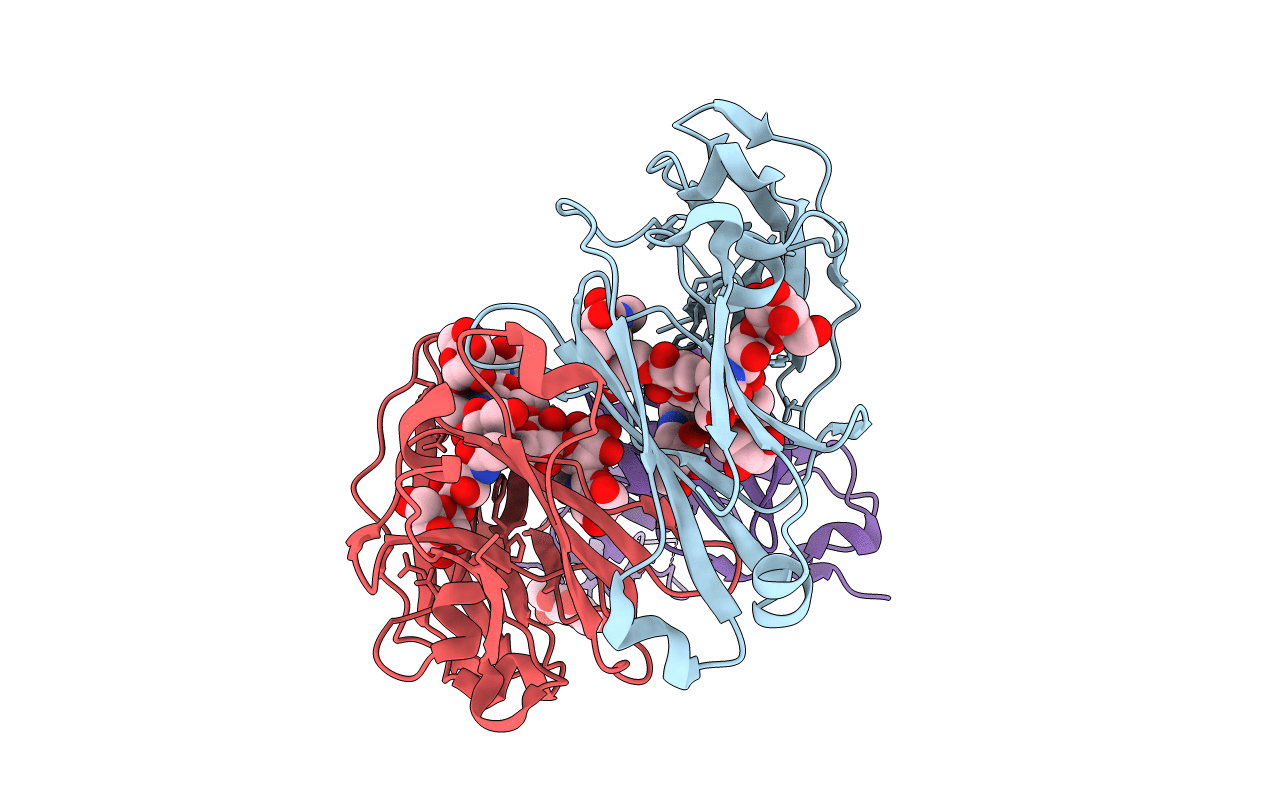
Deposition Date
2015-08-12
Release Date
2016-02-10
Last Version Date
2024-10-23
Entry Detail
PDB ID:
5D6D
Keywords:
Title:
Crystal structure of GASDALIE IgG1 Fc in complex with FcgRIIIa
Biological Source:
Source Organism:
Homo sapiens (Taxon ID: 9606)
Host Organism:
Method Details:
Experimental Method:
Resolution:
3.13 Å
R-Value Free:
0.29
R-Value Work:
0.27
R-Value Observed:
0.27
Space Group:
P 21 21 21


